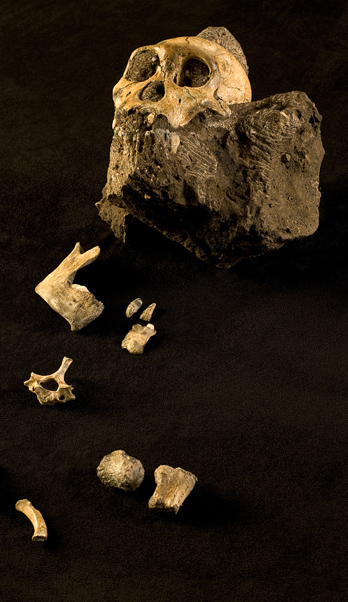Space
Have you ever gone out at on a cloudless night, when there is no bright Moon in the sky or city lights to obscure your view, and been blown away by the astonishing number of stars in the sky? Probably for as long as people have been around, to look up into the sky, we have wondered what the many spots of light in the sky mean. Thousands of years ago, the earliest civilizations observed the heavens. Early man observed the heavens because the Sun, Moon and stars gave indication of coming seasons to farmers and hunters. The sky aided in navigation especially for nomads and sailors. And many ancient civilizations thought the sky gave signs of life, war, earthquakes, the fate of kingdoms...and more. Since the invention of the telescope, we have been able to "see" further away and study stars and galaxies, as well as many of the more mysterious objects in our Universe.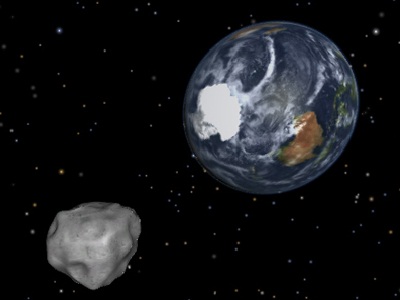
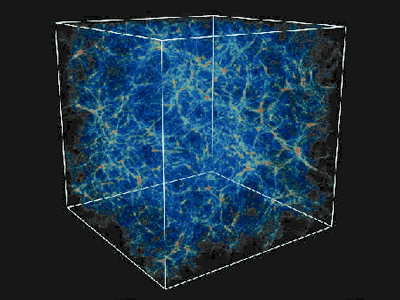

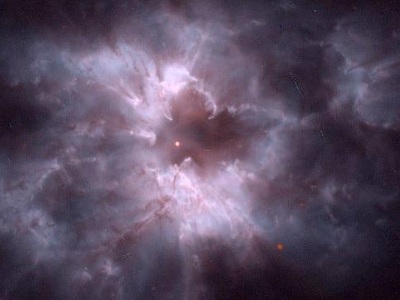
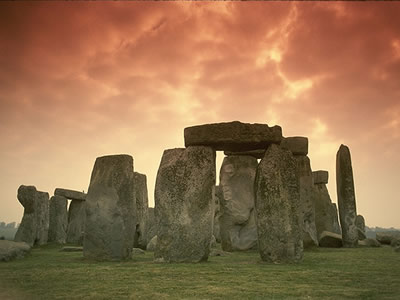

Please log in
Science Blogs
Real Climate: climate science from climate scientists

Windows to the Universe, a project of the National Earth Science Teachers Association, is sponsored in part is sponsored in part through grants from federal agencies (NASA and NOAA), and partnerships with affiliated organizations, including the American Geophysical Union, the Howard Hughes Medical Institute, the Earth System Information Partnership, the American Meteorological Society, the National Center for Science Education, and TERC. The American Geophysical Union and the American Geosciences Institute are Windows to the Universe Founding Partners. NESTA welcomes new Institutional Affiliates in support of our ongoing programs, as well as collaborations on new projects. Contact NESTA for more information.






